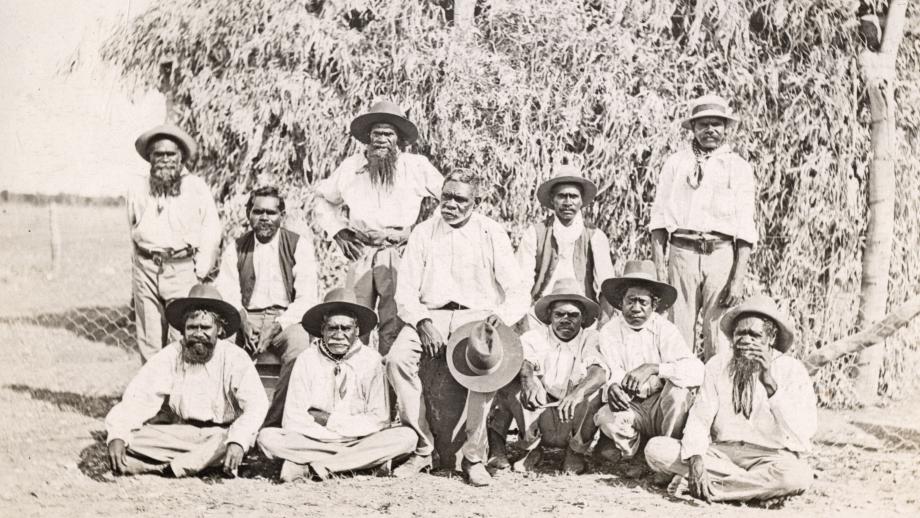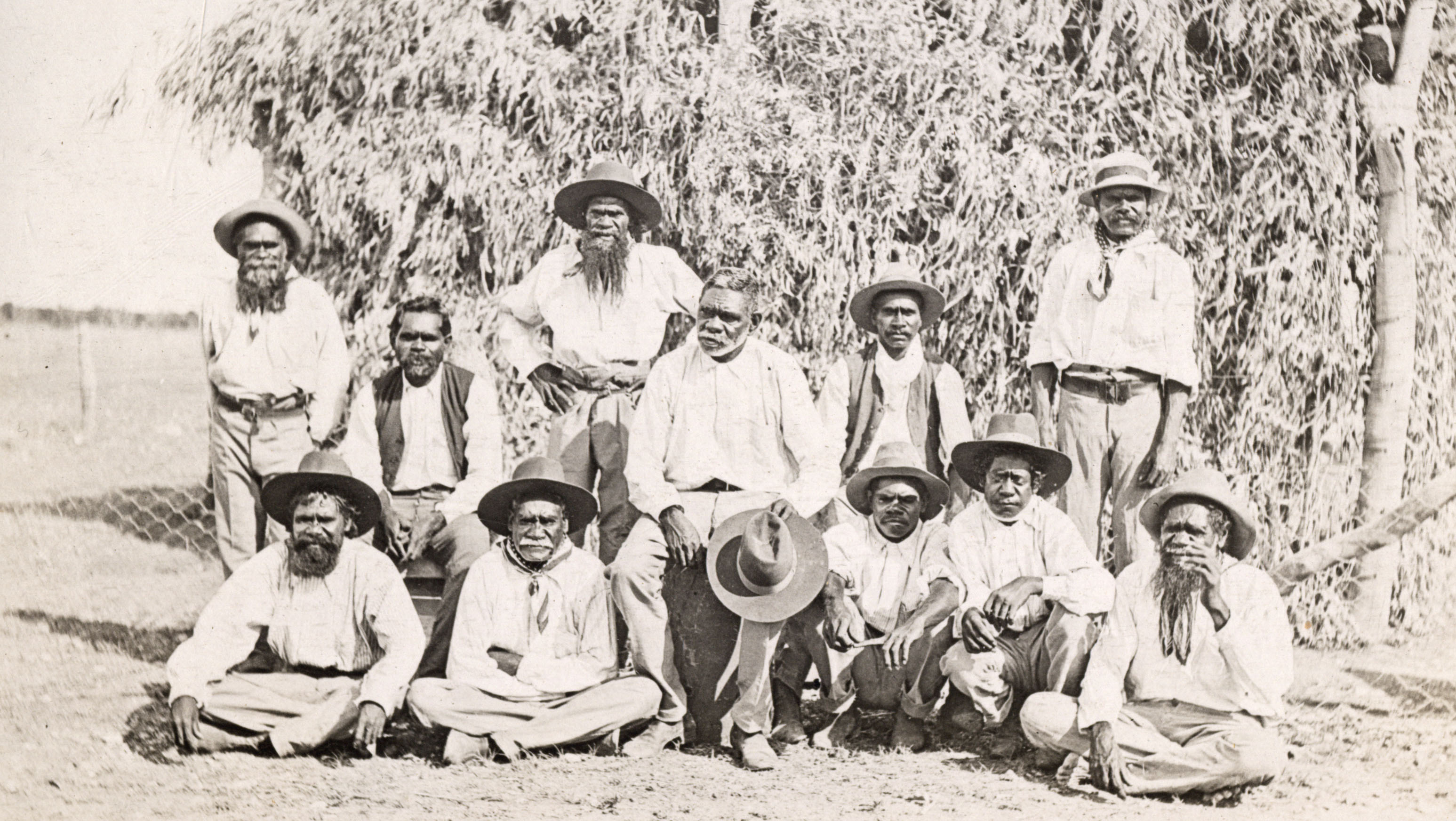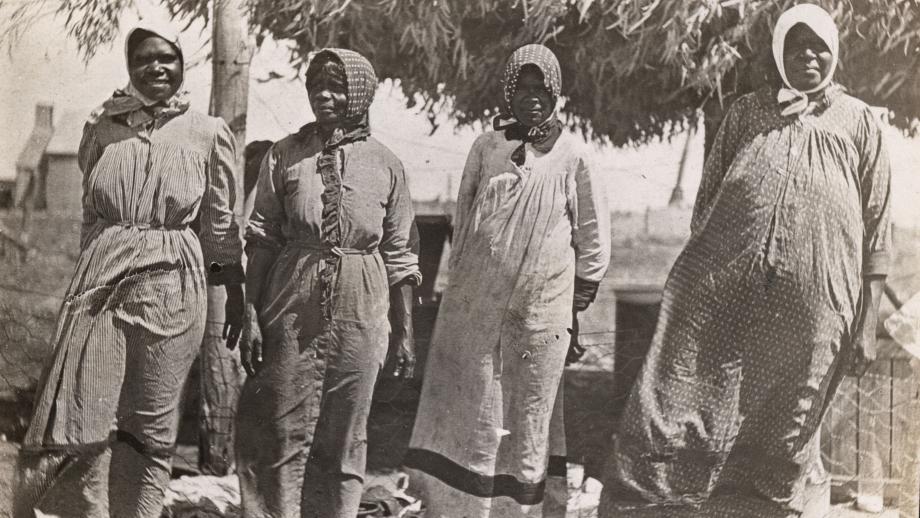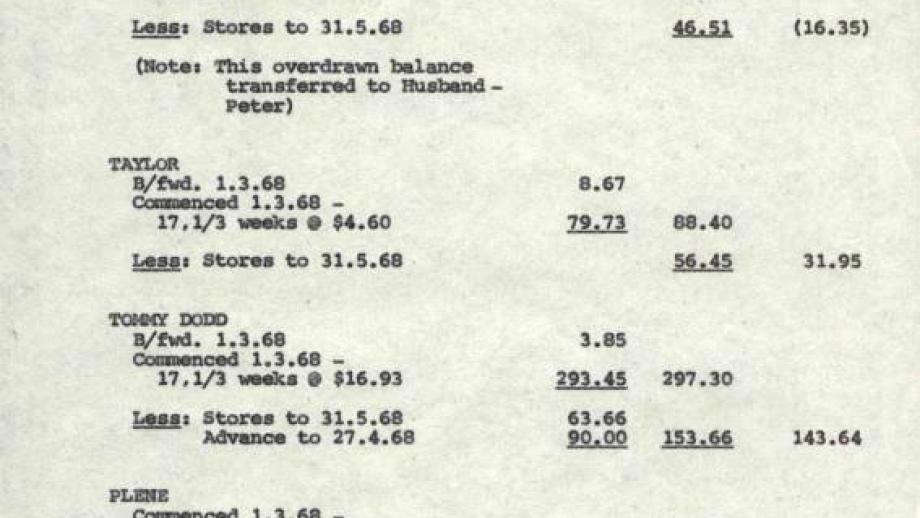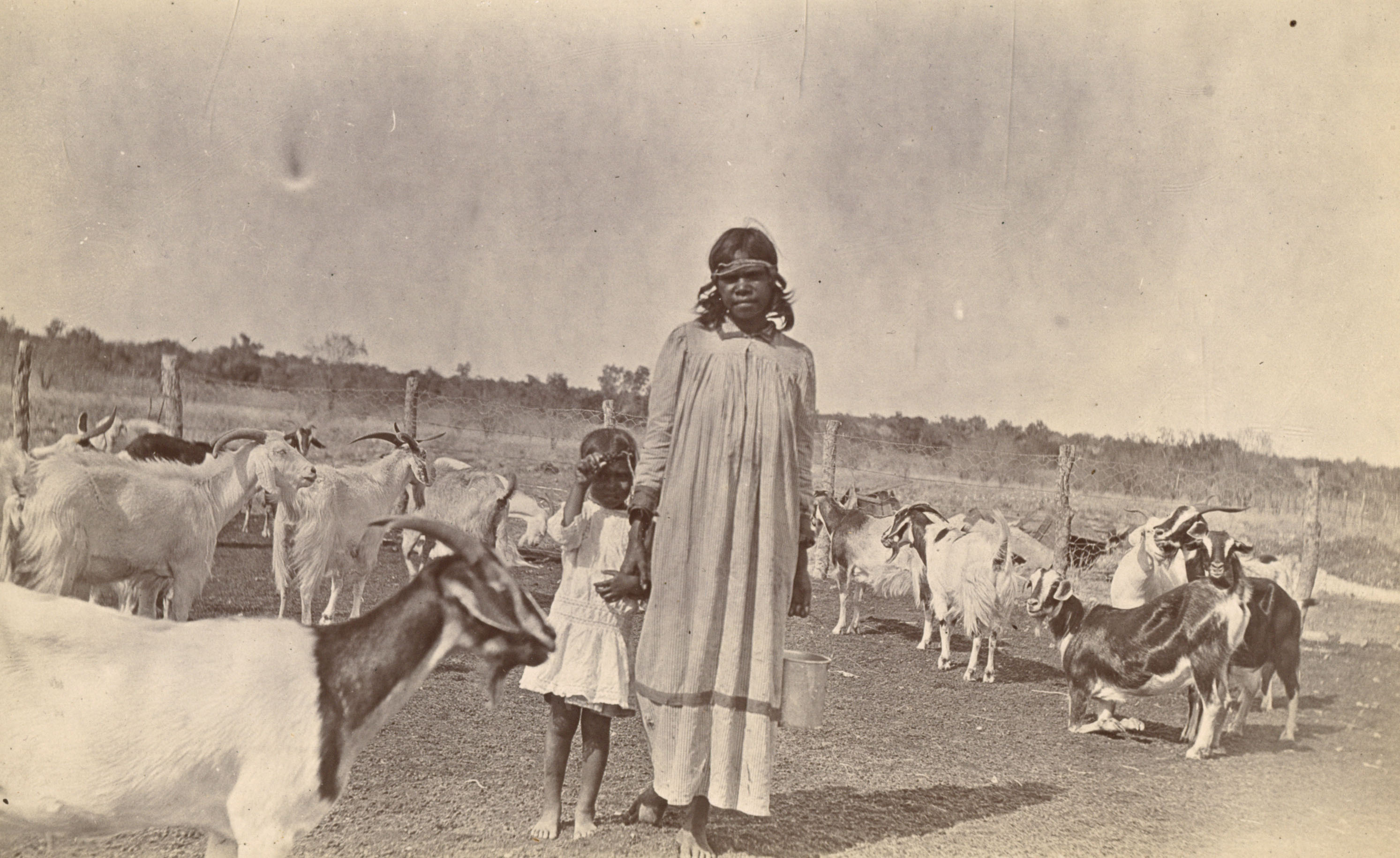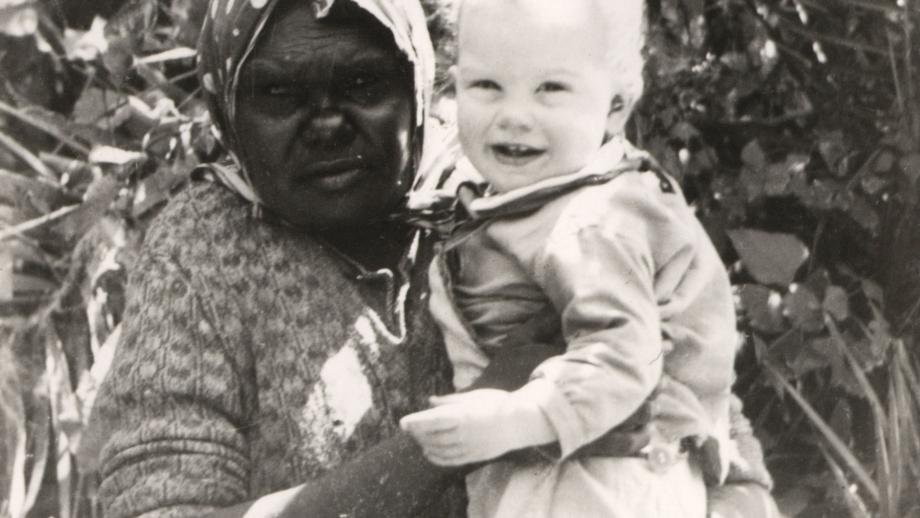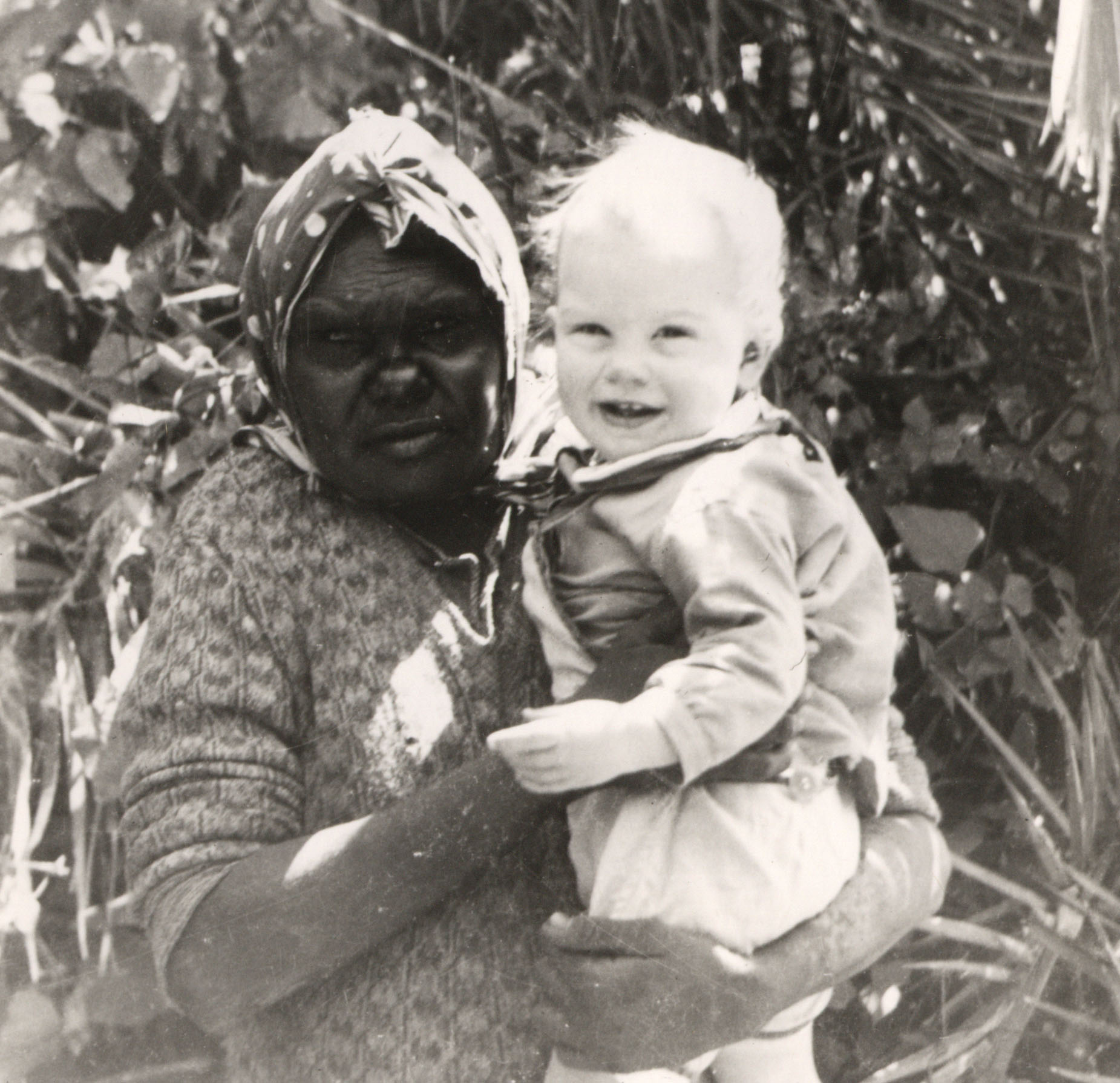Aboriginal History
The site of the Australian Agricultural Company's first establishment at Port Stephens in New South Wales is the traditional land of the Worimi people, who have inhabited the land there for thousands of years. The area was surveyed by Europeans in 1795 but during the early 1800s it was mostly uninhabited by European settlers. The local Worimi people would have largely been displaced by the cedar getters working in the area before the Australian Agricultural Company was established. The Company would also have displaced some of the local Worimi, but by this time many had moved to the surrounding hills.
Early despatches from the Company's first Chief Agent Robert Dawson suggest he was sympathetic to the local Aboriginal people and appreciative of their assistance. Aboriginal women were employed at the Port Stephens Estate to 'pick' the wool prior to shearing, meaning they would remove twigs and bark from the wool. The Company also employed Worimi people as messengers, stock keepers, trackers, shepherds, boat rowers, hut keepers, and builders. In the early years of the Company, it's believed there were up to 40 Aboriginal employees working on the Port Stephens Estate, but this dropped to only a handful in subsequent years. When the Company experienced convict labour shortages, the Company's records suggest Aboriginal workers helped fill the gap and were an essential part of the Company's success.
The Company's records show Aboriginal people were employed across both the Australian Agricultural Company and Peel River Land and Mineral Company estates and properties from the 1800s, and even more so throughout the 1900s at properties across Queensland and the Northern Territory, particularly Avon Downs, Brunette Downs, Headingly, and Bladensburg. The types of work undertaken varied but commonly included employment as jackeroos, stockmen, and housemaids. It was unfortunately very common for Aboriginal workers across Australia to be unpaid for their work and to experience very poor working conditions. The Company's records suggest that in most cases its Aboriginal workers were paid and received similar rations to its non-Aboriginal Australian, European, and Chinese workers.
